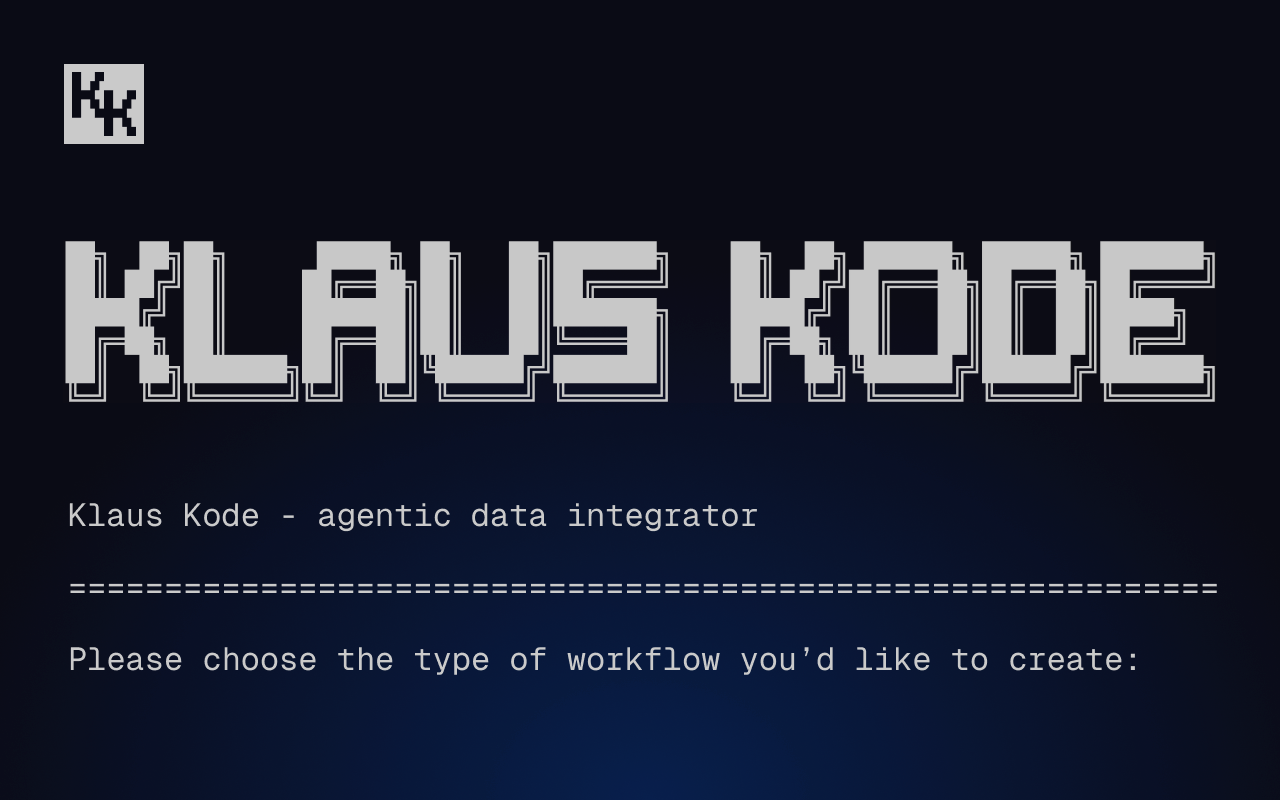The Stream — December 2021 edition
The December 2021 edition of The Stream: covering this month in stream processing on the internet.

We’re wrapping up an exciting year for Quix — just seven months since our product launched, we’ve seen incredible enthusiasm from customers, new users (yes, our product is still free to try, with no credit card required), and thousands of developers who want to learn more about data stream processing.
Even though stream processing is relatively new, my co-founders and I have a combined two decades of experience with it. First, we made it work for McLaren’s Formula One team. Now we’re making it work for countless industries, from manufacturing to gaming, from automotive to mobility, telco, ecommerce, finance, and the list goes on.
I encourage you to look at these industry use cases to learn more about how Quix can accelerate your business. Watch our blog, too — we’re highlighting stream processing use cases ranging from personalization in house hunting and healthcare to using stream processing for social good.
We’re out in the community sharing how data scientists and data engineers can use stream processing to build better data pipelines and get ML projects to production faster.
At the Data Science Festival in London a few weeks ago, my colleagues carried off a mix of audience input, live data, and coding on the fly to deliver real-time stream processing. With all of these variables, what can go wrong? That’s why we call it “the most dangerous demo.”
We released a white paper full of analyst insights and third-party research about how stream processing will transform the modern data stack for business leaders.
Finally, I promised you last month that we’d have a big product announcement. It’s here — read on for our introduction to Quix’s new online IDE, complete with built-in connectors to live data streams.
As always, the Quix team is eager to help you get your project off to a great start. You can book a chat with our friendly experts to talk through your project goals and technical challenges. Or come chat with us on Slack.
My colleagues and I all wish you a safe and happy holiday season!

Introducing: Quix’s online IDE and live data connectors
How to accelerate building real-time data-driven products? Skip traditional CI/CD development. Our IDE lets you build and test code against real, live data streams.

Automate your product analytics
Here’s how Quix used data stream processing for our own product analytics, complete with automations and alerting.

How does serverless compute work for stream processing?
Learn more about serverless infrastructure for live data. We break it down with a super-speedy explanation and video.

Can stream processing save us from drowning in data lakes?
Get the in-depth whitepaper with research from analysts and industry experts on how stream processing will revolutionize data management, analytics and ops.
More insights
- Big data, big impact: Use cases for stream processing that serve the public good and make lives better.
- Is it on? Quix’s new service status page keeps you up to date. Find it in the website footer.
- What’s new? Check out our changelog, with new features, improvements, helpful tips and resources, and bug fixes.

Check out the repo
Our Python client library is open source, and brings DataFrames and the Python ecosystem to stream processing.

Interested in Quix Cloud?
Take a look around and explore the features of our platform.

Interested in Quix Cloud?
Take a look around and explore the features of our platform.

.svg)






